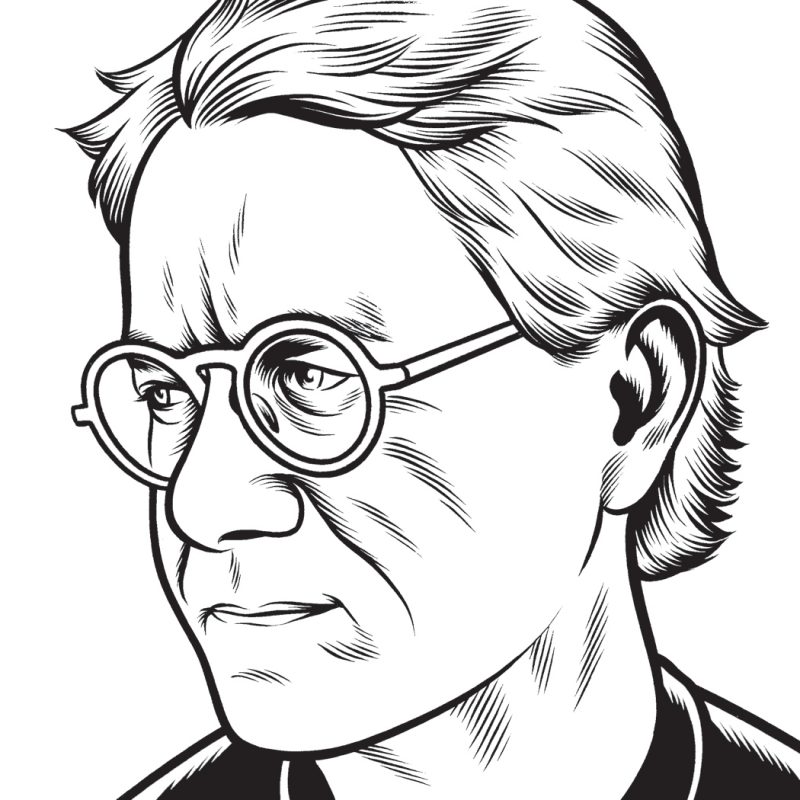(1) Tacocat, NVM (Hardly Art). Like Seattle’s Fastbacks and Portland’s All-Girl Summer Fun Band, this group from Longview, Washington—singer Emily Nokes, bassist Bree McKenna, drummer Lelah Maupin, guitarist Eric Randall—are boiling over with the thrill of writing a song, making it into something that can be played, and discovering that as it happens you love the people you’re playing with. The voice is jaded, the sound anything but, and the world that comes into view is a trick, but you can slip its grasp and take off—through the bubbling warmth of “You Never Came Back,” the surge of “Bridge to Hawaii,” so sweet you can’t believe it still hasn’t been built, and “Snow Day,” which soars to the sun. “Crimson Wave” might be the door that flies open first. You don’t have to catch that it’s a protest against menstruation (“All the girls are surfin’ the wave / surfin’ the crimson wave today”): when Randall’s whomping guitar solo kicks in it’s just punk surf music, shooting the same curl as the Forgotten Rebels’ unforgotten “Surfin’ on Heroin.” The song explodes with its own conceit, with the way there’s absolutely no end to what you can find when you take an idea, a riff, a single pissed-off thought, and run with it—something like the tossed-off “Sew a scarlet letter on my bathing suit,” or the matter-of-fact “There are communists in the summer house,” a line that leaps out as such a perfect non sequitur that it doesn’t even have to be a metaphor that can drop right back into the song. I love this band.
(2/3) James Agee, Cotton Tenants: Three Families, with photographs by Walker Evans (Melville House Books) and Alana Nash, “Elvis as a Teen? See a Never-Before-Published Photo from His Hometown in Tupelo, Mississippi,” Vanity Fair.com (January 8). Cotton Tenants collects the recently discovered thirty-thousand-word essay that turned into Agee and Evans’s 1941 Let Us Now Praise Famous Men. In contrast to the sweep and scope of that book, which rides the same American wind as Moby-Dick once the Pequod ships off, the piece—a never-printed 1936 assignment by Fortune magazine—pitches between fastidiousness and rage, coldly matter-of-fact summaries of infant mortality and flatly reported accounts of family economies, snide dismissals of individuals turned into types, and, for individuals who for a moment escape all typology, an awestruck respect that Agee seems almost desperate to suppress. Agee never finds an even keel, because he doesn’t want one. But Evans did want a stable perspective, a certain distanced, confident stance that allowed his subjects—men, women, children, their houses, their beds, their walls...
You have reached your article limit
Sign up for a digital subscription and continue reading all new issues, plus our entire archives, for just $1.50/month.
Already a subscriber? Sign in





